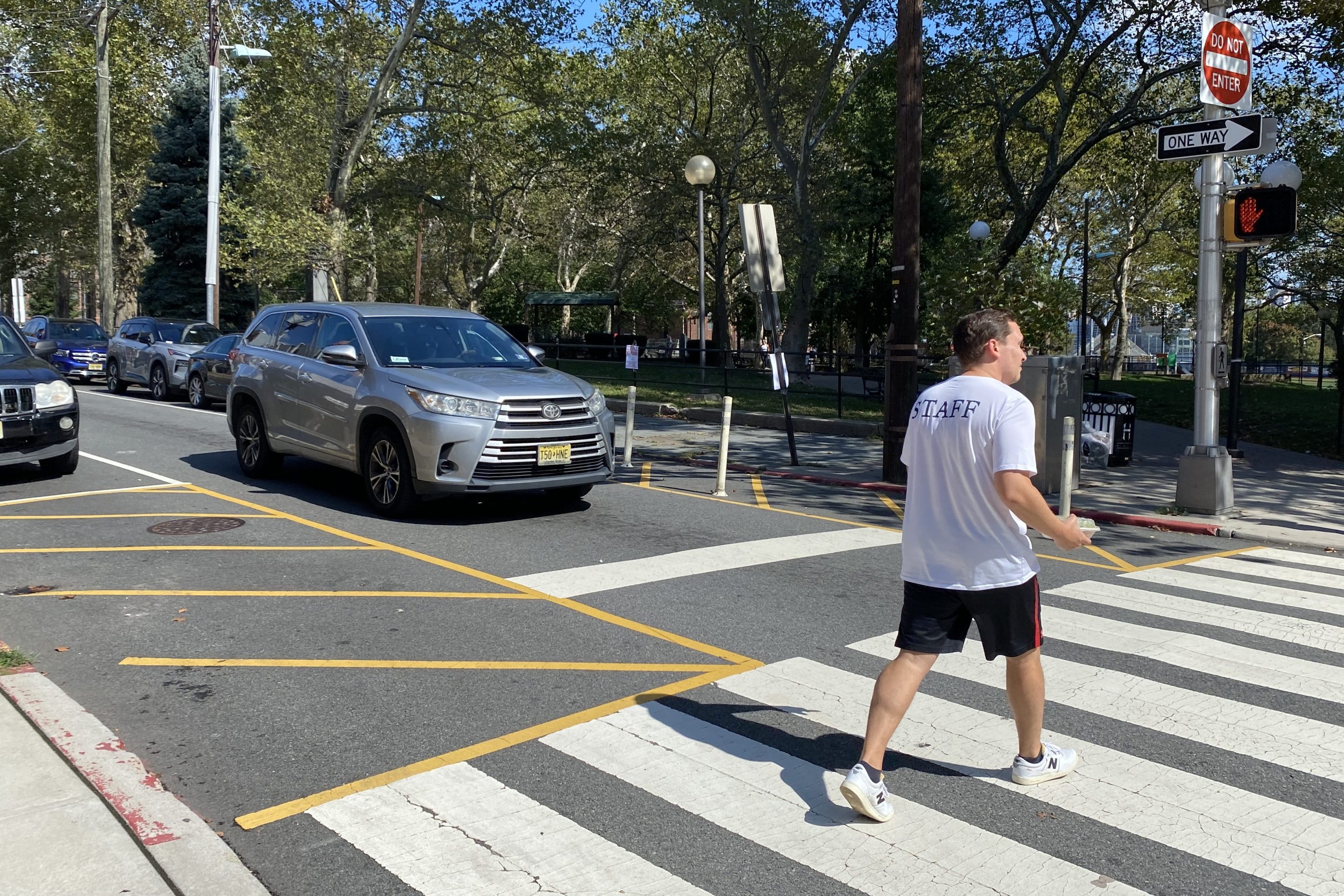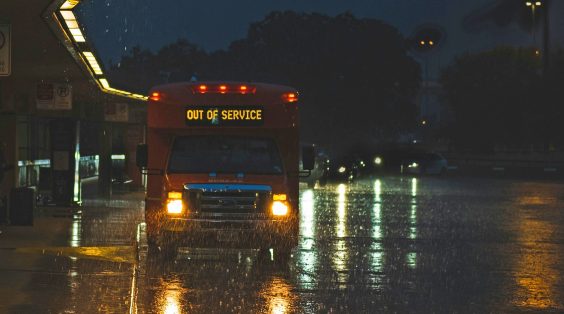Andrew Cuomo's Tappan Zee Bridge does next to nothing for transit riders; the governor is unwilling to spend even $150 million on incremental transit improvements, much less put in the work to design a full transit corridor. But could it also hurt the existing transit system? If Cuomo isn't willing to make drivers pay the full cost of the bridge, it could. Every dollar for the Tappan Zee that doesn't come from tolls is a dollar that Albany won't give the MTA.

Currently, almost all Thruway operations are paid for with toll revenue. But it's possible that state of affairs could break down very quickly. A 45 percent toll hike on trucks -- which is "imperative" according to Thruway Authority Executive Director Thomas Madison -- might be scuttled in the face of opposition from both Senate Majority Leader Dean Skelos and Assembly Speaker Sheldon Silver.
And then there's the Tappan Zee Bridge. Thanks to a bloated design that more than doubles the width of the existing bridge, the new double span will cost between $5 billion and $6 billion. As of yet, there's no plan for how to pay for all of that.
It may not be possible to do so with tolls alone. Analyst Charles Komanoff estimated that to pay for the new bridge without another revenue source, an E-ZPass toll of $15 would be necessary. But the state has all but ruled out tolls that high. Thruway Authority Executive Director Thomas Madison told the Citizens Budget Commission in May that tolls on the new Tappan Zee would be "consistent with other Hudson River crossings." The peak E-ZPass toll on the George Washington Bridge is only $9.50, and even the cash toll is just $12.
Nor can tolls from the rest of the Thruway system fill the gap. Madison said the state has "no intent" of raising tolls system-wide to pay for the new Tappan Zee, and if the 45 percent truck toll hike doesn't go through, the upstate segments of the Thruway may be in no position to contribute anyway.
The constraints on tolling could be even tighter still. Rockland County Executive C. Scott Vanderhoef has called for a toll discount for residents of his county; local officials like Greenburgh Town Supervisor Paul Feiner have called for the same on the Westchester side of the river.
As the Manhattan Institute's Nicole Gelinas wrote in the New York Post last month, "The numbers don’t add up any more than they did in spring."
When asked whether the state would commit to using only toll revenues for the bridge, a Cuomo spokesperson pointed to these comments from the governor:
"Obviously the basic source of financing will come from the tolls. So the bulk of the financing will come from the tolls, and that’s why whatever the cost of the bridge is, whatever you add on is going to be financed by the tolls."
If Cuomo isn't willing or able to charge the full tolls needed to pay for his oversized new span -- or if the contractors bidding on the project don't come up with major cost savings -- it could have an indirect effect on the MTA, either now or years down the line.
"There's a potential of competition for funds," said the Straphangers' Campaign's Gene Russianoff. "For example, if the voters approved a bond act, that could pit the Tappan Zee Bridge against the MTA."
The problem is that there are limited ways to fund new transportation projects and limited political will to spend on transportation. If the governor goes to the voters with a referendum for a Tappan Zee Bridge bond -- a bond that eventually has to be paid back out of general taxes -- it's much harder to turn around and propose another bond issue to support the MTA, as Assembly Member James Brennan has proposed to help pay for the next MTA capital program.
Thanks to another anti-transit move of Cuomo's, the MTA is at more risk from the Tappan Zee Bridge's high price tag than it was a year ago. Previously, the MTA got essentially no money from the state's general fund, only from dedicated taxes. But under the governor's tax deal, $320 million a year (and more as employment and wages rise) that used to be provided by the payroll mobility tax now has to be appropriated annually from the general fund.
"To the extent that the MTA gets a contribution from the state... to the extent that there would be less funding available for anything, then it could potentially affect the MTA," explained Denise Richardson, the managing director of the General Contractors Association.
Any damage to the MTA's budget, whether from cuts to general fund contributions or foregone new revenues, would be indirect. It could happen years from now, and no direct link to the Tappan Zee Bridge could ever be observed. Future governors and legislatures could allow the entire burden of Tappan Zee debt to fall on drivers and fully fund the MTA. Even so, an underfunded Tappan Zee would undeniably make it that much more difficult for the state to pay for transit service across the region.
As the Cuomo administration reviews the bids coming in on the new bridge this week and continues to debate how to pay for them, it should commit to using only tolls or other dedicated road revenues, such as the gas tax. To do otherwise is to put transit riders at risk.





